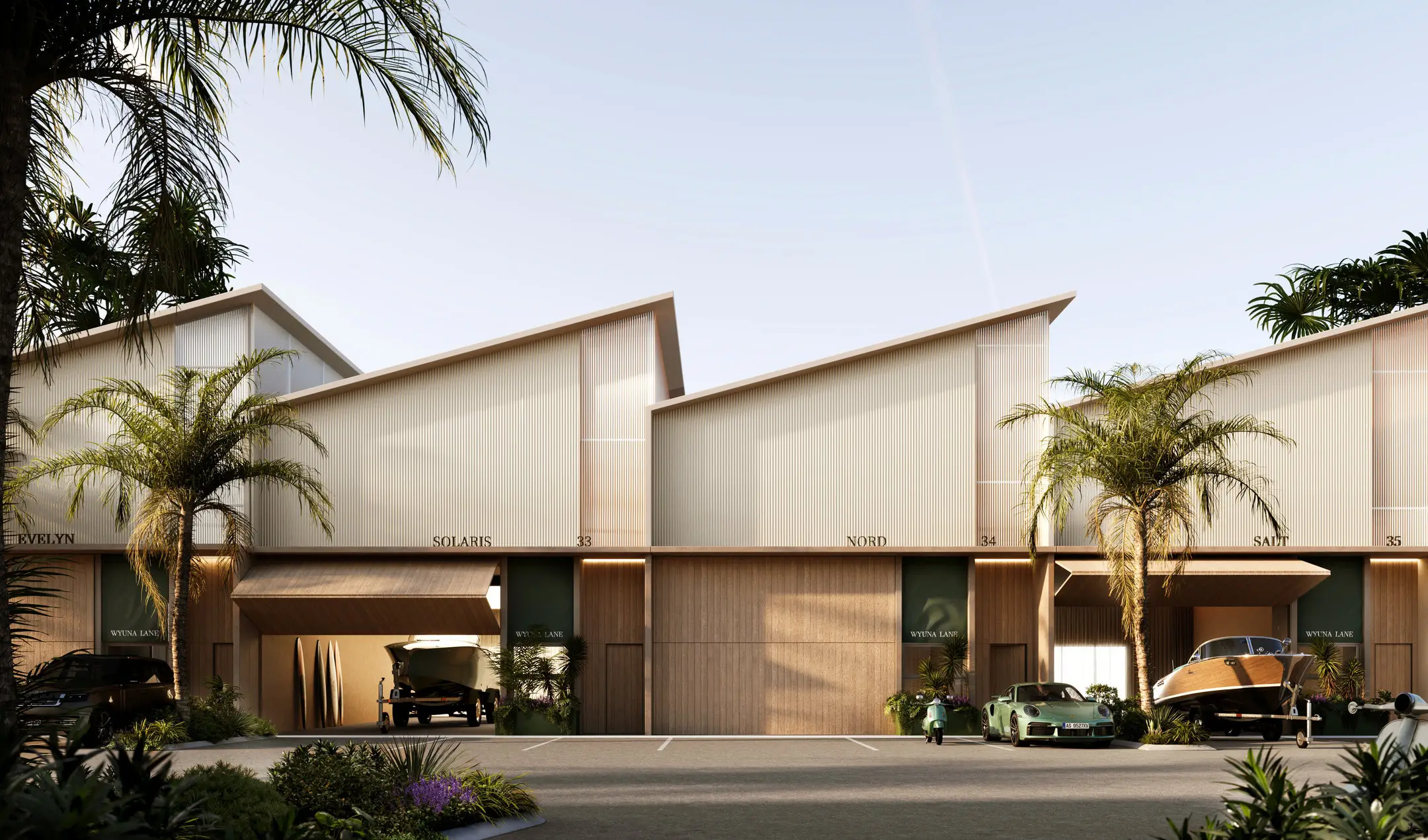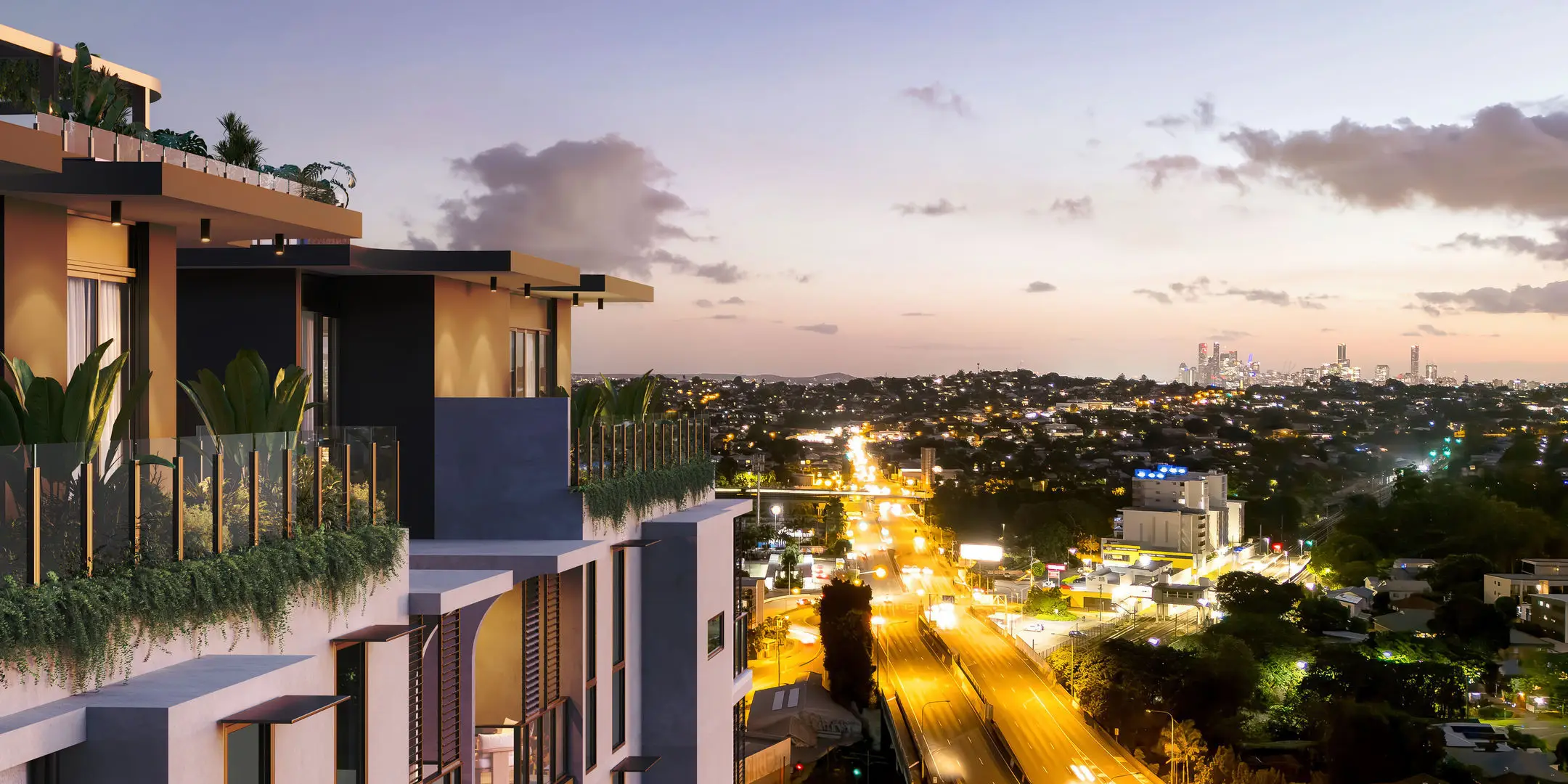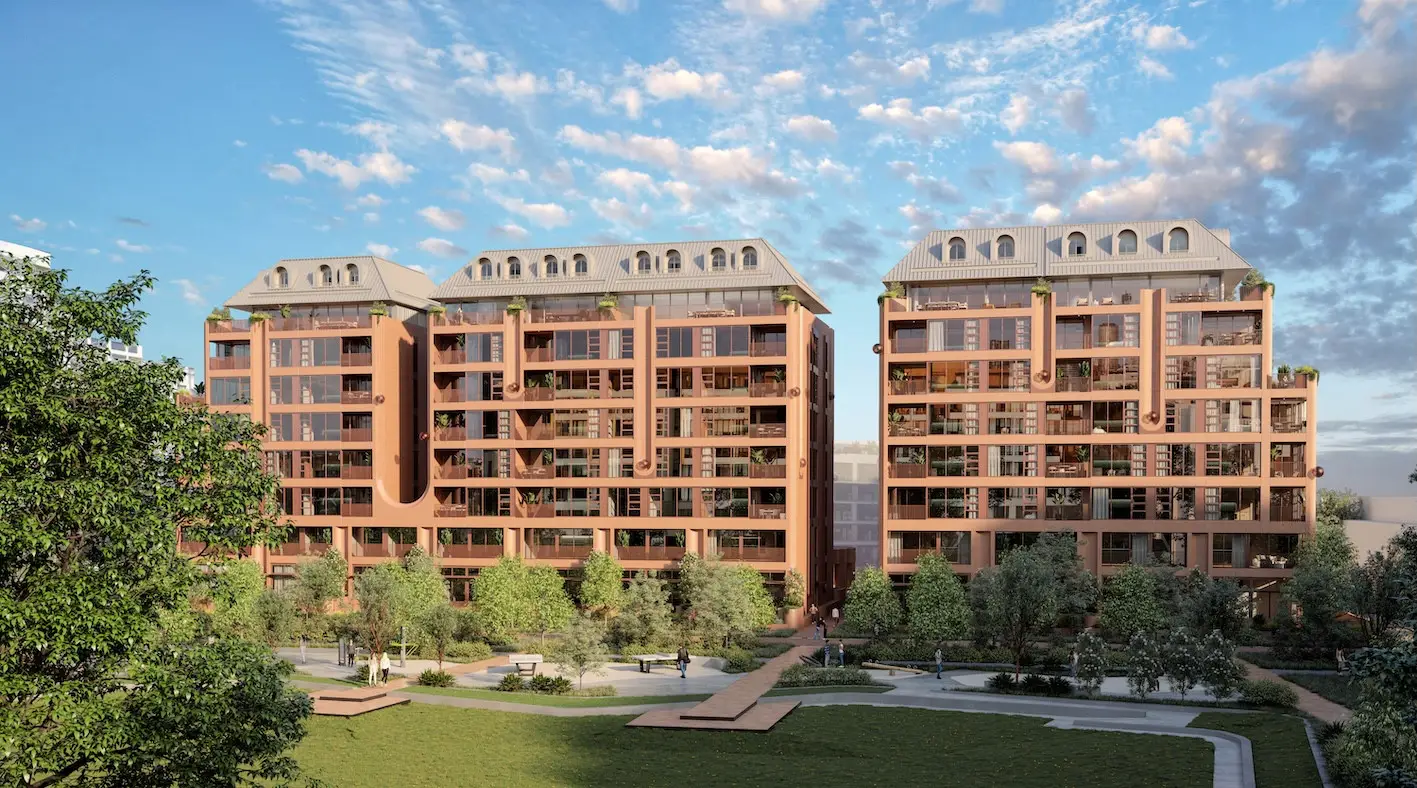
The Reserve Bank of Australia has hinted at interest rate cuts coming as soon as February 2025, with most banks predicting reductions from February to May 2025. Many buyers and sellers have been waiting for this news as a sign to return to the market. While initial relief will be felt across homeowners nationally, the ripple effects could introduce new stresses for those looking to buy, sell, or invest in townhouses and apartments.
Co-Founder of Greenfield Homes, Daniel Senia further states the below points.
Increased borrowing capacity
Lower interest rates will free up borrowing capacity for buyers. This is expected to spark an increase in demand for townhouses and apartments, particularly in urban areas where affordability and location are key.
Upward pressure on established property
Owners of townhouses and apartments who have delayed selling until demand returns will begin listing their properties. While this increase in supply might typically ease prices, demand from newly empowered buyers could stabilise or even drive prices up in key markets like Melbourne and Sydney. For buyers, this may present more variety of townhouses and apartments within their budgets.
For sellers, however, the increased competition among similar properties could create pressure to offer more appealing terms or upgrades to stand out.
Increased demand for new homes
Vacant land zoned for townhouse and apartment developments will diminish quickly as demand surges. Incentives currently offered by developers, such as rebates or discounts, will likely disappear as stock tightens. As developers face increased demand, builders will be under pressure to improve margins
after a challenging period in the construction industry. The first half of 2025 may be a critical window for buyers to lock in current pricing and shorter construction timelines.
Supply of registered land, ready to build, will dry up
Land that has been sitting on the market for some time will begin drying up with the increased demand for new homes. Rebates we are seeing in the market today (up to $40,000 per block) will disappear. As land reserves diminish, prices will again start to escalate as developers seek to recoup lost revenue over the past few years. In Victoria we will start to see ballots again for land releases, as they are in Queensland now.
This will see us return to the long-term shortage of land supply issues we faced prior to 2020 and the cycle of individual allotments price increase, demand for broad hectare sites to purchase and develop and calls for council red tape to be cut will begin again. A continued consolidation of the housing and development industries.
The big industry news this year is the $115M sale of Metricon to Sumitomo Foresty, who already have a foothold in Australia with the Henley purchase in 2009. This now makes them the largest home builder in Australia by nearly double that of second place. Foreign ownership of Australian building companies is nearly at the 20% mark, and this is likely to increase as large builders return to profitability and aging directors seek to exit after an exceptionally trying 5-year period.
Look out for Japanese owned NXT Building Group, part of the Asahi Kasei Group, and owners of McDonald Jones in NSW and Arden Homes in Victoria (along with many others) who also own 11% of Simonds homes in Victoria to be on the acquisition path. In the development space, we’ve just seen the Foreign Investment Review Board approve the sale of $1.3B in residential development sites to Stockland from Lendlease, backed by Stockland’s Thailand-based capital partner Supalai Australia.
As the townhouse and apartment markets evolve alongside interest rate changes, buyers, sellers and developers alike will need to navigate a landscape marked by increased demand, competition, and consolidation. The opportunities for growth are substantial, but the challenges, especially for smaller players will require strategic foresight and adaptability.


